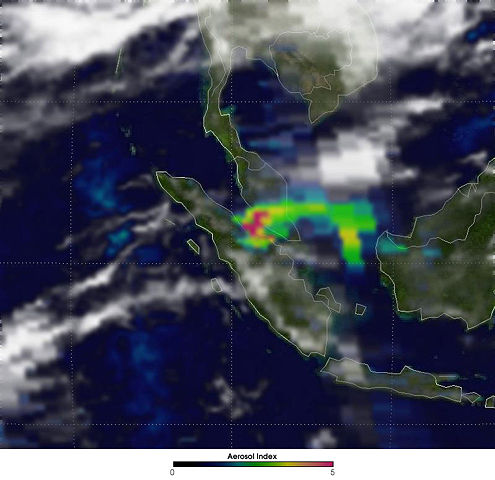From Wikipedia, the free encyclopedia
 Size of this preview: 495 × 480 pixels
Size of this preview: 495 × 480 pixels Full resolution (800 × 775 pixels, file size: 83 KB, MIME type: image/jpeg)
 |
This is a file from the Wikimedia Commons. The description on its description page there is shown below.Commons is a freely licensed media file repository. You can help.
|
|
|
This file is in the public domain because it was created by NASA. NASA copyright policy states that "NASA material is not protected by copyright unless noted". ( NASA copyright policy page or JPL Image Use Policy).
Deutsch | English | Español | Français | Galego | Nederlands | Português | Русский | 中文(简体) | 中文(繁體) | +/- |
|
|
|
Warnings:
- Use of NASA logos, insignia and emblems are restricted per US law 14 CFR 1221.
- The NASA website hosts a large number of images from the Soviet/ Russian space agency, and other non-American space agencies. These are not necessarily in the public domain.
- Materials from the Hubble Space Telescope may be copyrighted if they do not explicitly come from the STScI.
- All materials created by the SOHO probe are copyrighted and require permission for commercial non-educational use.
- Images featured on the Astronomy Picture of the Day (APOD) web site may be copyrighted.
|
http://earthobservatory.nasa.gov/NaturalHazards/natural_hazards_v2.php3?img_id=13065
Image Acquired: August 10, 2005
Air Quality Emergency in Malaysia Out-of-control forest fires burning on the eastern shore of Sumatra (image centre) created an air quality emergency for neighboring Malaysia in early August 2005 as smoke shrouded parts of the country. The smoke hung thick over Malaysia’s busy capital, Kuala Lumpur, where it forced businesses, schools, and transportation to close. This image, created using data collected by the Ozone Monitoring Instrument (OMI) on NASA’s Aura satellite, shows the density of the smoke on August 10, 2005. Red-colored areas show where smoke was thickest.
The densest smoke hangs over the Strait of Malacca, between Sumatra and mainland Malaysia to the northeast. Winds in this region often blow from the west, spreading smoke from burning peat swamp forest in coastal Sumatra toward the east. The thickness of the smoke tapers off to mostly green and blue values between mainland Malaysia and the island of Borneo, farther east. A less intense smoke plume is located on the west coast of Borneo, coming from a much smaller collection of fires. Perhaps it is the combination of these two sources of smoke—Sumatra and western Borneo—that gives rise to the yellow (higher values) area between the Borneo and the mainland.
Smoke contains many substances, including carbon dioxide, carbon monoxide, water vapor, and particulate matter. OMI measures smoke by tracking black carbon particles, or soot, that absorb ultraviolet (UV) radiation, the wavelengths of sunlight that cause sunburns. By measuring how much UV radiation the soot absorbs, OMI provides estimates of the amount of black carbon aerosol in the smoke layer. This method of detecting aerosols based on their interaction with UV rather than visible (rainbow) light allows OMI to measure absorption by black carbon in smoke even if the smoke is mixed with or floating above clouds. Measurements of how much radiation aerosols absorb are important for scientists trying to calculate the net effect of aerosols on Earth’s energy budget and climate.
OMI was added to NASA’s Aura satellite as part of a collaboration between the Netherlands Agency for Aerospace Programs and the Finnish Meteorological Institute. The sensor tracks global ozone change and monitors aerosols in the atmosphere.
NASA image and caption information courtesy the OMI Science Team.
File history
Click on a date/time to view the file as it appeared at that time.
|
|
Date/Time |
Dimensions |
User |
Comment |
| current |
19:36, 27 August 2005 |
800×775 (83 KB) |
Vsion |
|
File links
The following pages on Schools Wikipedia link to this image (list may be incomplete):


